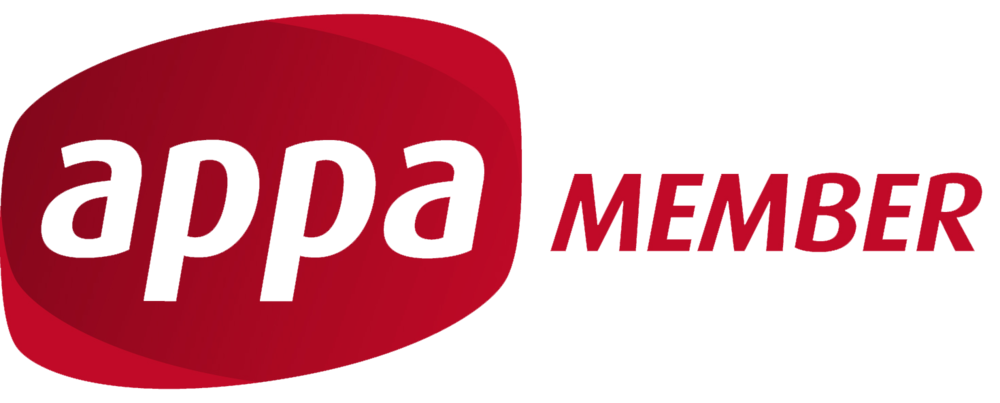Print Methods
26/05/2015
A description of print methods and general print information.
Promotional Products Print Methods
There are literally millions of promotional products, understanding how they are printed will help you ensure your artwork is presented in the best way possible. Below are a few of the most popular decoration methods:
Pad Printing
Pad printing is a process in which a plastic, glass, ceramic, metal, silicone, or wooden item can be decorated. The image is transferred from ink filled etched images in a printing plate to the part by way of a silicone pad. While transferring the image to the part, the silicone pad wraps around or takes the shape of the part without distorting the image. Pad printing normally take up to 4 spot colours (pre-mixed ink colours). It is the most common decorating method.
Examples of promotional items done by pad printing: pens, water bottles, stress balls.
Silk Screen printing
Silkscreening, also known as screen printing is a printing technique that uses a porous mesh screen that has an ink blocking stencil transferred onto it. The stencil creates blocked and open areas in the screen that allow inks to flow through them and onto a substrate. Nearly any single ink image, logo or design can be transferred onto a screen. Additional colours require new screens. Silkscreening is printed with spot colours (pre-mixed ink colours).
Examples of promotional items done by silkscreening: apparel, tote bags.
Full colour digital printing
When a logo contains many colours and gradients, screen printing is not capable of printing such image. This is when we use digital, or full colour printing. This process does not use screens and generally allows you to print over the entire surface. Digital printing is also referred to as CMYK, full-colour printing, colour burst, and 4-colour process printing.
Examples of promotional items done by full colour digital printing: buttons, posters, banners.
Heat transfer
Heat transfer is a process similar to using an iron to press a decal onto a shirt. Printers use intense heat to press the ink into the material, making sure that your logo isn’t going anywhere.
Examples of promotional items done by heat transfer: full colour printing on hats, full colour wrap print on mugs.
Laser engraving
Laser engraving on promotional products are often found on wood, acrylic, textiles, stainless steel or glass products. The engraving method requires no consumerables such as inks, and is fast with very little setup time. Therefore a lot of products with personalisation is laser engraved.
Examples of promotional items done by laser engraving: stainless steel keychains, glass or acrylic awards.
Debossing
Deboss methods have been used for a long time. Dies are constructed from metal in the shape of your logo. The product is then placed between them and heat and pressure push and form the material into the impression you want. For an additional cost, you can also add colour to the logo.
Examples of promotional items done by debossing: silicon bracelets, leather portfolios.
Embroidery
Embroidery is stitching your logo onto a piece of garment. Any cloth product, and especially corporate apparel, looks sophisticated with embroidery. In the embroidery process, your logo is changed to a digital image comprised of stitches and then assigned colour threads. Then the garment is placed onto the embroidery machine which will execute the digitalised logo into threads. Read about our embroidery process here.
Examples of promotional items done by embroidery: jackets, hats, blankets.
- - - - - - - - - - - - - - - - - - - - - - - - - - -
General Printing information
Artwork
If you have existing artwork you can email this to us at print@copydirect.co.nz when we send you quote/order details. Ideally, artwork should be in a vector format (everything is defined in terms of lines and curves) rather than a bitmap format like JPEG or PNG. Common vector file formats are PDF, EPS or AI (Adobe Illustrator). JPEG and TIFF files are fine for full colour printing - assuming they have enough detail (resolution). We will advise you if we think the format you supply is unsuitable for the print, and can also advise on options and alternatives.
Pre-production samples: If requested, we can supply a pre-production sample. However, there will be a cost for this (normally around $60 plus the product cost plus GST).
Colour matching
We cannot guarantee that the colour you see on your computer screen will be the colour you get when you print. Our print processes are calibrated so we can get colour consistency, but what you see on your computer screen is as individual as you are.
CMYK: Printing normally uses 4 inks to create the other colours: (C)yan (M)agenta (Y)ellow and Blac(K). Any artwork you have in RGB (Red Green Blue) colour will be converted to CMYK before printing and there will be colour variation due to this.
PMS colours: Pantone Matching System. Pantone colours are used to specify the exact component mixing of inks and are useful when a logo has to be a certain colour(s), for example, “Kiwibank Green” or “Cadbury Purple”. Pantone colours can be approximated using CMYK but their accuracy will vary from colour to colour.
Product colours: The product colours illustrated are matched closely but will still vary from the actual product colour. Product colours can also vary from shipment to shipment and this is beyond our control. If unsure, ask to see a sample to verify the product and product colour is suitable for your requirements as we do not accept returns due to minor colour variations.





